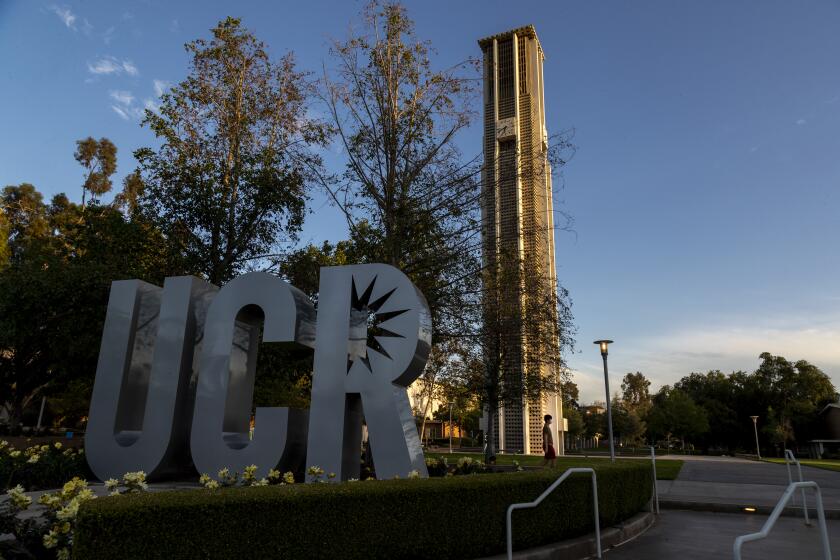AIDS Crisis Demands Action
Despite the attention that small numbers of well-informed and caring people in Orange County are paying to the problems posed by AIDS, two vital ingredients are still missing--widespread community interest. And action.
That acquired immune deficiency syndrome is a deadly disease with no known cure is well known. But this macabre medical fact too often is accepted with disturbingly casual concern. Now the Orange County Board of Supervisors has taken steps that could change--for the better--public perception of the disease.
The supervisors last Tuesday created a committee to plan the county’s battle against AIDS. Such a step in itself does not necessarily translate into meaningful action. But what makes the move more than symbolic is that the board also created a new post, that of an AIDS coordinator, and provided money to fill the position.
The new official will coordinate public and private efforts not only to assist patients but to help prevent the spread of the disease that has been described by national health experts as the nation’s No. 1 health problem.
Unfortunately, in Orange County AIDS so far has not been treated as the public enemy it, in fact, is. That could be because some people mistakenly believe that AIDS victims are only male homosexuals and drug addicts. Or maybe it is because so little political pressure has been exerted to raise public awareness about what AIDS really is and how it spreads.
AIDS, in fact, strikes unborn infants and hemophiliacs. And it is spreading fastest in the heterosexual community, putting sexually active teen-agers and adults at serious risk. But no matter whom AIDS strikes, the entire community is its victim.
That’s why the entire community must be informed about the disease--and committed to helping stop its spread. With no vaccine or cure in sight, the most effective weapon at hand is education.
The new committee, depending on the quality of its members and the merit of its recommendations, could be a major force in helping raise the awareness level and in mobilizing the public and private sectors to fight AIDS.
More money certainly is needed. So are more residential-care or nursing home beds to help treat AIDS patients who no longer need to be hospitalized but still cannot care for themselves. That includes 14 of the county’s 71 severe AIDS patients that nursing homes have refused to accept.
That’s why the supervisors have added to their 1987 state legislative goals a proposal for more state incentives and changes in Medi-Cal regulations to encourage nursing and board-and-care homes to accept AIDS patients.
The public and private sectors have both been lax in accepting responsibility and focusing attention on the AIDS crisis. The Board of Supervisors has finally shown some leadership. City officials should follow suit. So must the rest of the community.
The county estimates that it could have as many as 600 AIDS patients by 1990. Many of those lives could be saved if the county’s new AIDS committee and coordinator can stir the rest of the community into action.
More to Read
Start your day right
Sign up for Essential California for news, features and recommendations from the L.A. Times and beyond in your inbox six days a week.
You may occasionally receive promotional content from the Los Angeles Times.





